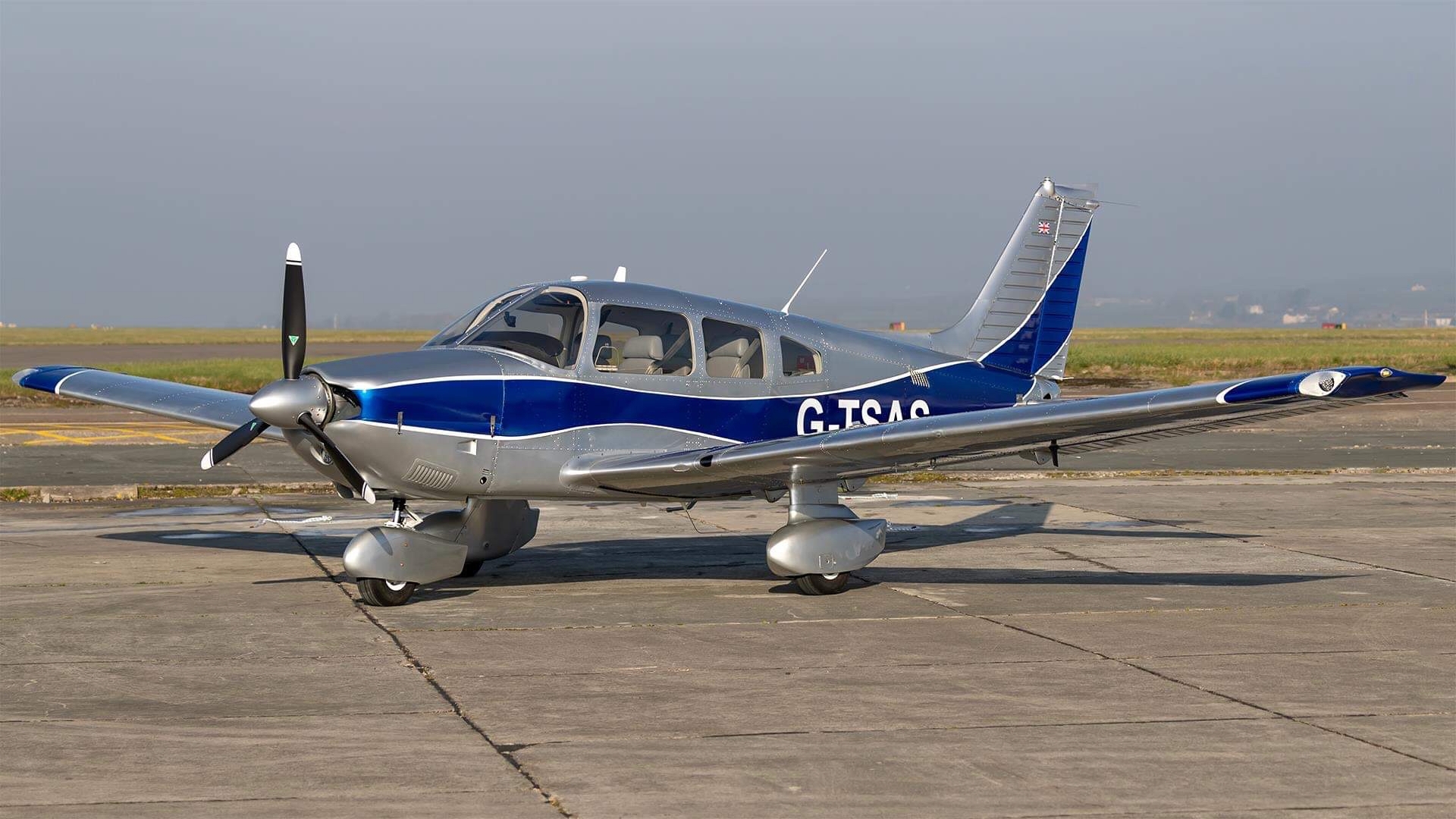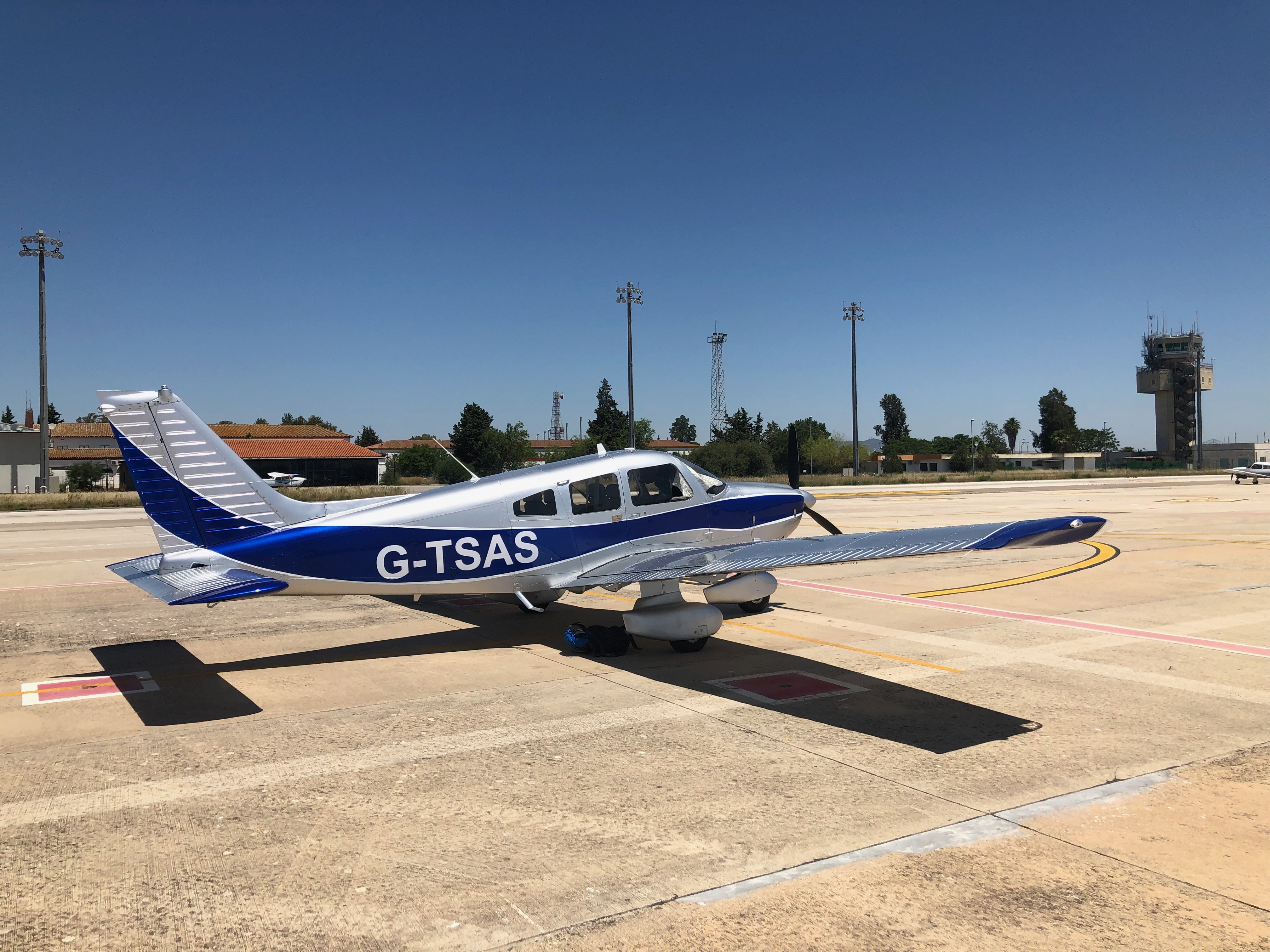Hello from Cardiff in the UK
I've been flying for 5 years mainly in Piper PA28s, been lucky to fly in quite a few European countries and even managed to fly a Warrior from the UK to Russia with a few fuel stops in between. This is my own PA28, a 1980 Archer 181 which I had fully refurbished in 2019, looking forward to visiting Europe this summer.




Comments
Wow! Fantastic plane and panel! In 2003 I was on assignment to Oxford and flew out of Enstone and the Enstone flying club for fun (Diamond Elcipse). I had my first grass landing at Sandown on the Isle of Wight.
Eric Panning
1981 Seneca III
Hillsboro, OR (KHIO)
Me too! WOW!! What a beautiful paint job as well as interior!!
Jim Torley
CFI-A/I/G
1969 Arrow 200
Based at KFLY (Colorado Springs, CO)
Jim "Doc Griff" Griffin
PA28 - 161
Chicago area
That is a beautiful looking PA28. What type of holder are you using for the iPad?
Did you fit a larger engine? I noticed you have the three bladed prop and RPM controller.
Thanks.
Thank you for the comments on the paint job and panel, many say I’m mad doing this to a 181 but for me the fun is flying and not how fast I fly. The iPad is fitted using a guardian iPad mini mount. I’ve tried a yoke mounted iPad but found it too distracting. The engine is a standard 181, again the electrically variable prop was a gamble but I do think it was worthwhile. It’s the only one in the UK with this prop and had to have it’s own STC.
Mark, do you see better than book climb and cruise speeds with the electric prop? Do you set pitch with it (climb/cruise settings) or does it hold rpm like a hydraulic prop?
Eric Panning
1981 Seneca III
Hillsboro, OR (KHIO)
I feel that this climbs faster than the previous 181 in which I flew but have not got any hard data to back that up, the cruise speed remains the same. It holds RPM just like a hydraulic prop. What I do notice is that with the blades being shorter and the lower RPM, max 2500 in the climb and 2400 in the cruise the plane is a lot quieter. Compared to the previous 181 there is a reduction in my average fuel consecution of just over 1.5 gph (5 litres). That maybe in part due to the fact I can set a specific MFP and RPM a instead of just running short of the red line all the time.
That is great! 5 liters/hr savings adds up - especially in Europe.
Eric Panning
1981 Seneca III
Hillsboro, OR (KHIO)
Flying a personal plane to Russia is very interesting. Please tell - what was the paper work like to get into Russia, and even more important, - to get out. What $$ was involved? What was it like getting fuel? How were you treated by the Russian air traffic controllers? (could you understand them and them you?). I made many business trips to the UK when I was working, I do miss visiting the UK, Bob
Mark, that is an amazing story! This would be a great article for the Piper Owner magazine
Eric Panning
1981 Seneca III
Hillsboro, OR (KHIO)
Mark, thanks for the detailed debrief. What an interesting adventure. Follow on questions, how good was the English language capability of the Russian controllers/FBO people? Did you have to do any bribing of Russians to make things happen? What was the Estonia visit like?
Where did you get the paint job done? Looks fab.Would like to do the same and I am based in the UK..
Ed Powell
Will give them a ping. Thank you.
Ed Powell